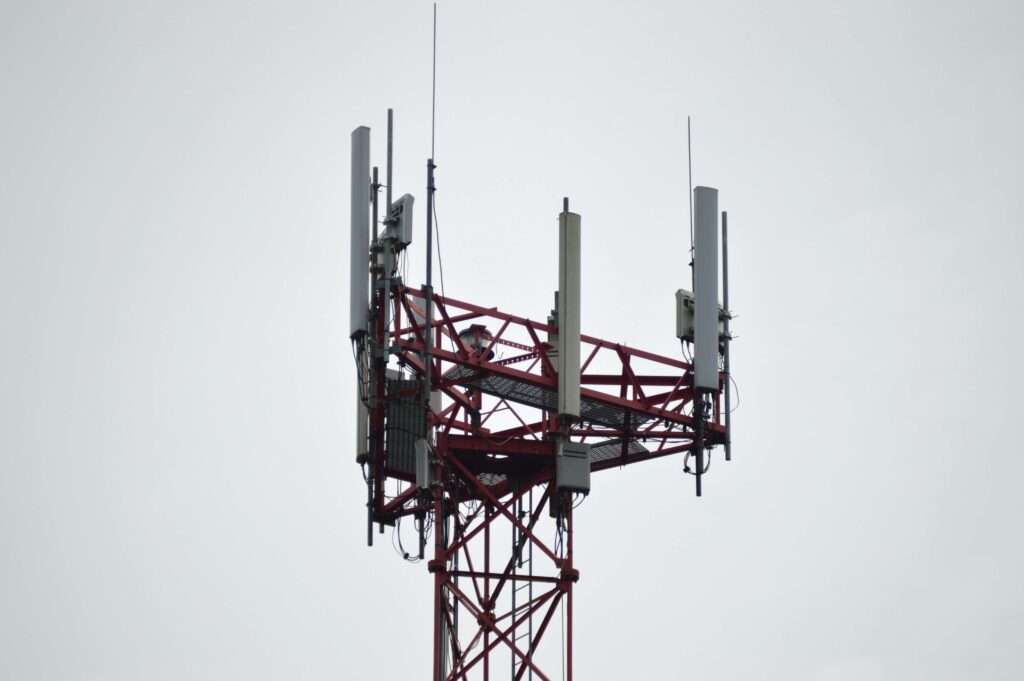In the ever-evolving landscape of technology, few innovations have had as profound an impact on our daily lives as Long-Term Evolution (LTE) technology. Launched commercially in 2009, LTE revolutionized the way we communicate, work, and entertain ourselves. One area where its impact has been particularly striking is in the realm of mobile video streaming and content consumption. With the advent of LTE, the constraints that once hindered our ability to enjoy high-quality videos on the go have been shattered, opening up new horizons for entertainment and information consumption. So, now let us see how LTE transformed mobile video streaming and content consumption along with Accurate 5g tester, 5G test equipment, 5g network tester tools and Accurate 4G Testing RF drive test software, Cellular LTE RF drive test tools & equipment in detail.
The Rise of LTE and its Influence on Mobile Connectivity
Before delving into the transformative effect of LTE on mobile video streaming, it’s important to understand what LTE is and why it was such a game-changer. LTE, often referred to as 4G LTE, is a wireless communication standard designed to provide high-speed data transmission. It marked a significant advancement over its predecessors, boasting faster data rates, reduced latency, and improved network efficiency. These features were especially crucial for supporting data-intensive applications like video streaming.
Seamless Streaming: From Buffering Woes to Instant Gratification
Remember the days when mobile video streaming meant constant buffering, pixelated visuals, and frustrating interruptions? LTE changed all that. With its remarkable data transfer speeds, LTE enabled users to watch videos on their smartphones and tablets without the need for lengthy pre-loading or buffering pauses. This instantaneous access to content revolutionized the way we consume videos, eliminating the need to wait for content to load and providing a smooth, uninterrupted viewing experience.
Quality Upgrade: From Grainy to High-Definition
One of the most evident transformations brought about by LTE was the upgrade in video quality. Prior to LTE, mobile networks struggled to deliver high-definition (HD) videos due to bandwidth limitations. However, with LTE’s enhanced capabilities, streaming services could provide users with crystal-clear visuals, vibrant colors, and intricate details that were previously reserved for traditional television sets. This leap in quality didn’t just affect entertainment; it also improved the consumption of educational and informative content, making it easier to follow along with tutorials, webinars, and online courses.
Anywhere, Anytime Entertainment: Redefining Content Consumption
Before LTE, video streaming was primarily confined to Wi-Fi hotspots due to the unreliability of mobile networks. With LTE, however, users gained the freedom to stream videos practically anywhere, whether they were commuting, traveling, or simply relaxing in a park. This newfound mobility led to a shift in content consumption habits, as people began to incorporate videos into their daily routines like never before. Waiting for appointments, riding public transportation, or even taking a coffee break became opportunities to catch up on the latest shows, news, and viral videos.
Explosion of Live Streaming: Real-Time Interaction on the Go
The seamless and high-quality streaming made possible by LTE not only impacted pre-recorded content but also fueled the rise of live streaming. Platforms like Facebook Live, Instagram Live, and YouTube Live gained popularity, allowing users to broadcast and view events, concerts, interviews, and more in real-time. LTE’s low latency was a critical factor in enabling this trend, as it ensured minimal delays between the live event and its transmission to viewers’ devices. This created a new level of interaction and engagement, bridging the gap between content creators and their audience, even when they were on the move.
Challenges and Future Prospects
While LTE has undoubtedly transformed mobile video streaming and content consumption, it’s important to acknowledge that it’s not without its challenges. The surge in data usage brought about by high-quality streaming strained network capacities at times, leading to congestion and reduced speeds during peak hours. Additionally, as consumer expectations for even faster speeds and more seamless experiences continue to grow, the demand for LTE’s successor, 5G, has emerged.
Conclusion: A New Era of Entertainment and Information
In retrospect, the impact of LTE on mobile video streaming and content consumption is nothing short of revolutionary. It shattered the limitations that once hindered our ability to enjoy high-quality videos on the go, ushering in an era of seamless streaming, improved quality, and real-time interaction. The freedom to access content anywhere and anytime has reshaped our daily routines and opened up new avenues for entertainment, education, and connection with the help of Rantcell.
As we stand on the cusp of the 5G era, it’s clear that the transformation is far from over. 5G promises even faster speeds, lower latency, and greater network capacity, which will likely lead to further innovation in the way we consume and interact with content. Whether it’s immersive virtual reality experiences, instant 4K streaming, or yet-to-be-imagined applications, the groundwork laid by LTE will continue to shape the future of mobile video streaming and content consumption for years to come.
You may also like
-
Free AI Based Presentation Makers for Students and Professionals
-
Why Content Marketing Is Vital for an Effective HVAC SEO Strategy
-
How TeraTransfer Makes Wireless File Transfer Secure and Efficient
-
Can Data Analytics Help in Improving Housing Conditions in Mumbai?
-
Xedos Technologies LLC: Changing Dubai’s and the UAE’s IT Solution Future

